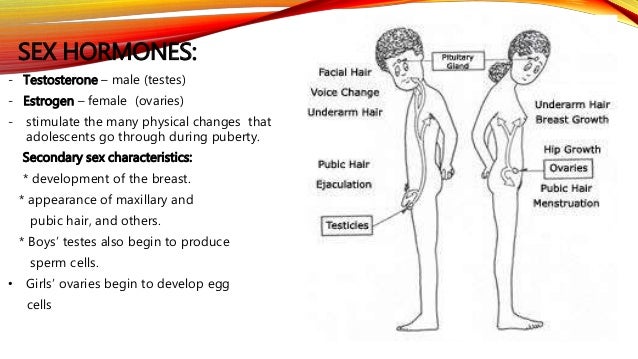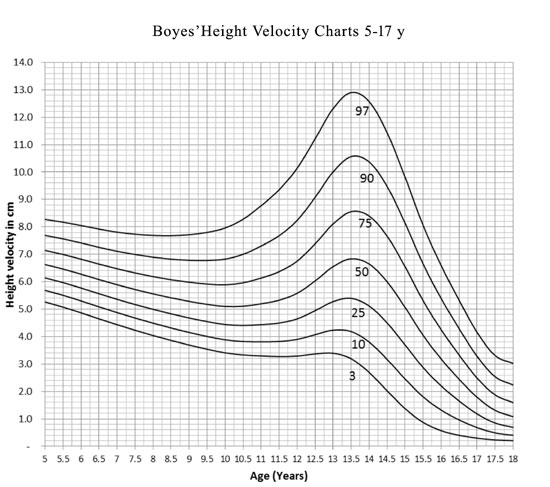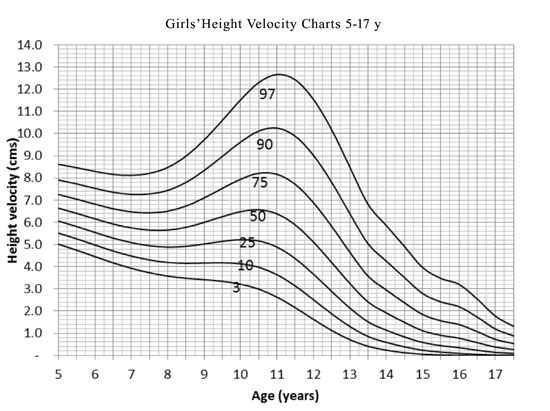Cognitive development in adolescence. When your child was an infant and toddler you regularly check his height and weight against norms for his age. According to the national center for health statistics about 20 of children ages 6 to 11 in the us. Height and weight changes. The rate of growth may vary from person to person. Height and weight were reported from 807 828 925 832 960 919 950 and 936 at age 13 14 15 18 19 21 23 and 30 respectively.
Are considered overweight and 18 of teens ages 12 to 19 are overweight. In 2005 victoria adopted a recommendation of the national health and medical research council to use the united states centre for disease control growth charts to assess and monitor the growth of children. A number of factors including how close the child is to puberty will determine when and how much a child grows. Growth charts are taken from population studies and reflect the normal range of height and weight for the population from birth up to adulthood. On average the steady growth of middle childhood results in an increase in height of a little over 2 inches a year in both boys and girls. Weight gain averages about 65 pounds a year.
Weight management facts about obesity in adolescence. During the teenage years you must throw the norms out the window. The following physical changes take place in girls and boys during puberty. Increase in height and weight puberty is characterized by a growth spurta rapid increase in height and weight in both boys and girls.















/85651309-56a6fd235f9b58b7d0e5de22.jpg)



